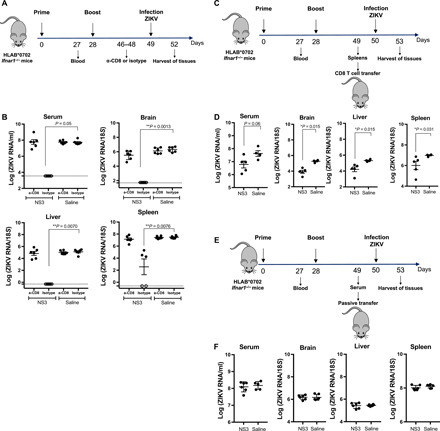Fig. 6. Contribution of CD8T cells to NS3 vaccine protection against ZIKV infection.

(A) HLA-B*0702 Ifnar1−/− mice were vaccinated with 10 μg of NS3 vaccine (n = 11) or saline (n = 12), boosted, and then intraperitoneally treated with CD8+ cell–depleting Ab (2.43) or isotype control Ab before ZIKV SD001 infection. (B) Serum, brain, liver, and spleen ZIKV RNA levels were analyzed by qRT-PCR (CD8- or isotype-treated mice). (C) HLA-B*0702 Ifnar1−/− mice were vaccinated as described for (A). On day 49, CD8+ T cells were isolated and transferred into naïve HLA-B*0702 Ifnar1−/− mice (1 × 107 cells). One day later, all mice were infected retro-orbitally with 103 FFU of ZIKV SD001. (D) ZIKV RNA levels in serum, brain, liver, and spleen were analyzed by qRT-PCR (NS3, n = 5; saline, n = 4). (E) HLA-B*0702 Ifnar1−/− mice were immunized as described for (A) (NS3, n = 12; saline, n = 12), and pooled sera from day 49 were passively transferred. (F) qRT-PCR analysis of ZIKV RNA in the serum, brain, liver, and spleen of mice transferred with serum from NS3-vaccinated mice (n = 6) or mice injected with saline (n = 5) 3 days after infection. Data are pooled from two independent experiments and are presented as the mean ± SEM. The nonparametric Kruskal-Wallis and Mann-Whitney tests were used to compare three groups and two groups, respectively.
